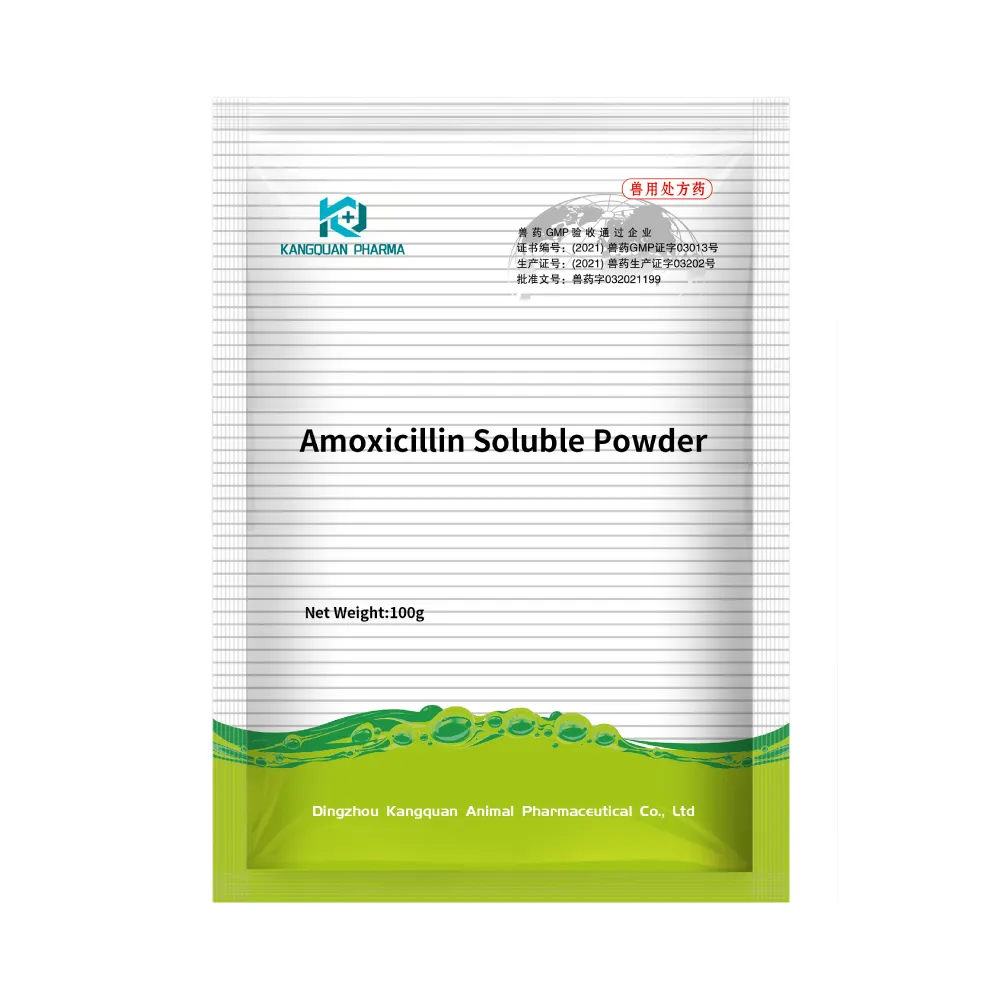- Afrikaans
- Albanian
- Amharic
- Arabic
- Armenian
- Azerbaijani
- Basque
- Belarusian
- Bengali
- Bosnian
- Bulgarian
- Catalan
- Cebuano
- Corsican
- Croatian
- Czech
- Danish
- Dutch
- English
- Esperanto
- Estonian
- Finnish
- French
- Frisian
- Galician
- Georgian
- German
- Greek
- Gujarati
- Haitian Creole
- hausa
- hawaiian
- Hebrew
- Hindi
- Miao
- Hungarian
- Icelandic
- igbo
- Indonesian
- irish
- Italian
- Japanese
- Javanese
- Kannada
- kazakh
- Khmer
- Rwandese
- Korean
- Kurdish
- Kyrgyz
- Lao
- Latin
- Latvian
- Lithuanian
- Luxembourgish
- Macedonian
- Malgashi
- Malay
- Malayalam
- Maltese
- Maori
- Marathi
- Mongolian
- Myanmar
- Nepali
- Norwegian
- Norwegian
- Occitan
- Pashto
- Persian
- Polish
- Portuguese
- Punjabi
- Romanian
- Russian
- Samoan
- Scottish Gaelic
- Serbian
- Sesotho
- Shona
- Sindhi
- Sinhala
- Slovak
- Slovenian
- Somali
- Spanish
- Sundanese
- Swahili
- Swedish
- Tagalog
- Tajik
- Tamil
- Tatar
- Telugu
- Thai
- Turkish
- Turkmen
- Ukrainian
- Urdu
- Uighur
- Uzbek
- Vietnamese
- Welsh
- Bantu
- Yiddish
- Yoruba
- Zulu
7 月 . 20, 2024 10:27 Back to list
Exploring the Applications and Impacts of Colistin Sulfate in Modern Medicine and Agriculture
Colistin Sulfate A Key Player in Antibiotic Treatment
Colistin sulfate has become a topic of significant interest in recent years due to its role as a last-resort antibiotic in treating multidrug-resistant bacterial infections. Originally discovered in the 1940s, colistin, also known as polymyxin E, was largely abandoned in clinical use due to its nephrotoxic effects and the emergence of more effective antibiotics. However, with the alarming rise of antibiotic resistance, colistin sulfate has made a resurgence, particularly in the treatment of infections caused by Gram-negative bacteria such as Klebsiella pneumoniae and Escherichia coli.
Colistin operates by disrupting the bacterial cell membrane, leading to cell death. Its unique mechanism of action allows it to be effective against bacteria that have developed resistance to other antibiotics. This is largely attributed to its affinity for the negatively charged lipopolysaccharides present in the outer membrane of Gram-negative bacteria. As a result, it has become a critical treatment option for infections where conventional antibiotics fail.
Despite its effectiveness, the use of colistin sulfate is not without controversy
. The drug's nephrotoxicity presents a significant challenge, as it can cause acute kidney injury, particularly when administered intravenously. To mitigate these risks, clinicians often assess kidney function closely during treatment and adjust dosages accordingly. Furthermore, colistin sulfate is usually reserved for severe infections, where the benefit outweighs the potential harm.colistin sulfate

The resurgence of colistin sulfate in clinical practice raises several critical concerns regarding antibiotic stewardship and the emergence of resistance. Increasing use of colistin has been linked to the further development of colistin-resistant strains of bacteria, primarily due to the mcr-1 gene, which confers resistance to colistin. This has prompted healthcare providers to tread carefully in prescribing colistin, emphasizing the need for targeted therapy based on culture and sensitivity results.
In addition to its clinical implications, the agricultural use of colistin has also drawn scrutiny. Colistin sulfate is often used in livestock to promote growth and prevent disease. This practice, while enhancing productivity, contributes to the selection of resistant organisms that can be transmitted to humans. Several countries have started to regulate or completely ban the use of colistin in agriculture to combat the threat of antibiotic resistance.
As the fight against antibiotic resistance continues, researchers are exploring alternative therapies and combination treatments to enhance the efficacy of colistin sulfate while minimizing its side effects. Potential strategies include using colistin in conjunction with other antibiotics or adjunct therapies that can help alleviate its nephrotoxic effects. Furthermore, the development of novel compounds that can mimic colistin’s action without its toxic profile is also a promising area of research.
In conclusion, colistin sulfate represents a double-edged sword in the fight against multidrug-resistant bacterial infections. Its effectiveness as a last-resort antibiotic must be balanced against safety concerns and the risk of developing resistance. Continued research, prudent clinical use, and strict regulation of agricultural applications are essential to preserve this vital tool in our antibiotic arsenal. As we navigate the complexities of antibiotic resistance, colistin sulfate will undoubtedly remain a pivotal focus in both clinical and public health discussions going forward.
-
The Power of Radix Isatidis Extract for Your Health and Wellness
NewsOct.29,2024
-
Neomycin Sulfate Soluble Powder: A Versatile Solution for Pet Health
NewsOct.29,2024
-
Lincomycin Hydrochloride Soluble Powder – The Essential Solution
NewsOct.29,2024
-
Garamycin Gentamicin Sulfate for Effective Infection Control
NewsOct.29,2024
-
Doxycycline Hyclate Soluble Powder: Your Antibiotic Needs
NewsOct.29,2024
-
Tilmicosin Premix: The Ultimate Solution for Poultry Health
NewsOct.29,2024













